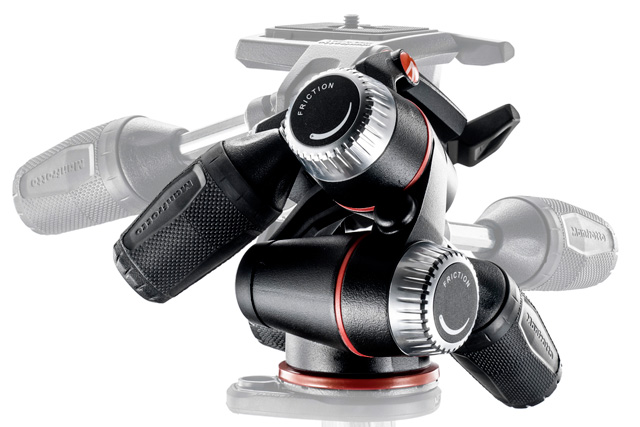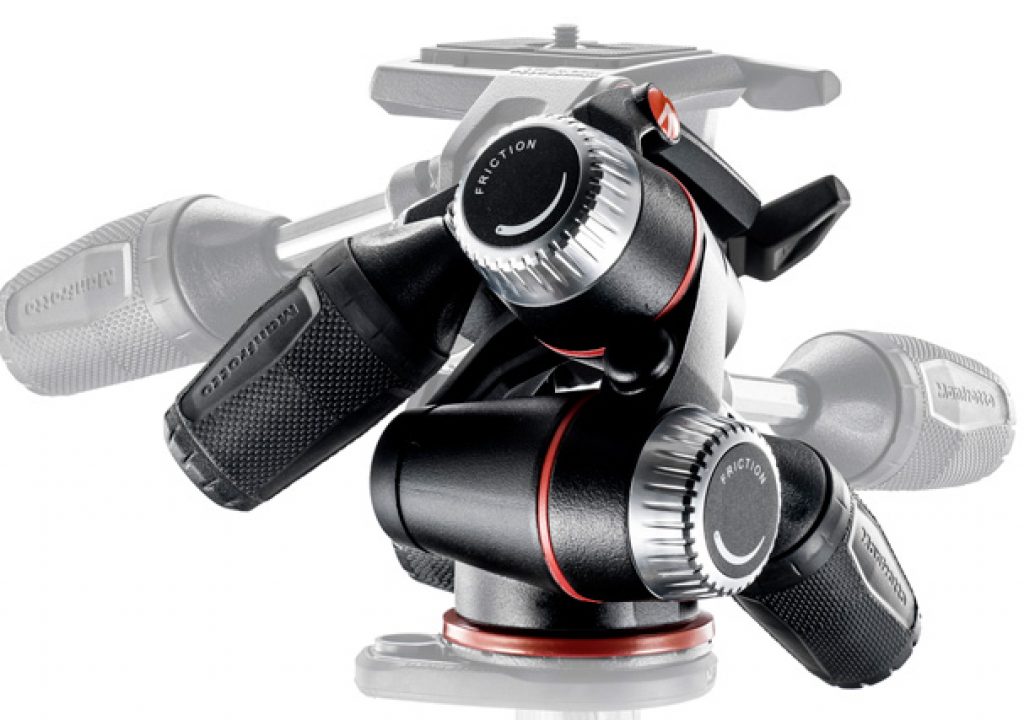
Photographers starting to try using video may discover, sooner than they would like to, that their tripod head may not be suitable for video. Specially if, like me, they use essentially ball-head systems, even if sturdy ones, they will discover they need a video tripod or at least a fluid tripod head for tilts & pans.
When, as someone starting up, you ask about for some guidance, some people, just because they like to impress, will point you out to video tripods that cost more than a car. Don’t despair, they are usually absolutely lost in the past, and never looked at the new DSLRs used for video. While a sturdy tripod is a good option, especially with long lenses and on windy days (more about that another day…) you can live happily with some, let me call them, “humble” models, that will support your video ambitions.
Tripod heads come in different flavours: ball heads, pan/tilt heads, fluid head and video heads. You’ll also find solutions like gimbal heads, but let’s stay with those most… popular. The simple ball head, which can be maneuvered, at least theoretically, in any position. They are easy to use but the rule is: you get what you pay for. Some of them do not include true pan or tilt adjustment capabilities and make it difficult to align the camera precisely with longer lenses.
So, back to video tripods, again; when you ask what are the differences between a video and photo tripod, you will be told that most video heads have two axes, for tilt and pan. Furthermore, video tripods often have long handles, so that they can be panned and tilted smoothly. This means that a video head is usually larger than a normal ball head used in photography. It is advisable, someone will tell you, to buy a pan/tilt head with handles that can be easily removed, for storage when travelling.
Although a tripod head with handles is something that photographers can live without, and most will because they do not want to carry extra weight and deal with the extra size of such a head, the truth is that when you step into video you understand that the handles… make for an easier handling of the camera, when it comes to movement.
Well, I’ve married my Gitzo tripod with a Manfrotto head released this year. The new X-PRO 3-WAY Head is a good compromise, even if it is not a fluid head. But for a photographer that also wants to do video it may be a good starting point, offering one fantastic tripod head for photography that also handles video. Did I say “handles”? Well the interesting aspect of the X-PRO 3-WAY is that it offers two handles – patent-pending – or levers that can be retracted and folded for transport, making this a rather compact tripod head with only 13cm x 13.5cm x 13.5cm (5.1” x 5.3” x 5.3”).
Friction controls on the X-PRO 3-Way Head’s tilt and portrait axes help balance the weight of camera equipment so that fine framing adjustments can be made with the locking knobs open, only locking everything down once everything’s ready. And with 3 leveling bubbles on the head, composition can be leveled precisely in-camera, reducing post production work. Sturdily built with a rugged aluminium body for reliability and durability, the X-PRO supports up to 8 kg (17.6 lbs), but weighs only 1 kg (2.2 lbs).
Although it does not compete with a real video head, the X-PRO 3-Way surprised me, and the first results confirm that I can get some smooth video movement with it (remember, I am just starting down this road). The handles make it easy to pan if following a subject and the friction control helps. While it may be preferable – no doubt – to use a fluid head, the X-PRO 3-Way is going to see some use as a video head for now. As a photographic tripod head it’s a great option.
With a design following the iconic new style that defines Manfrotto’s whole range of products for advanced hobby photographers and professionals alike, the head is engineered to be a perfect match for these products in terms of features, performance and design. The X-PRO 3-way also represents a new level of compactness and transportability, while offering precision in terms of adjustment. I am thrilled with it, and love to extend the handles and drive it.

